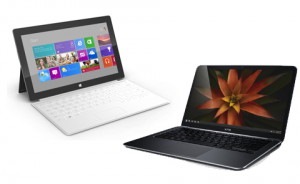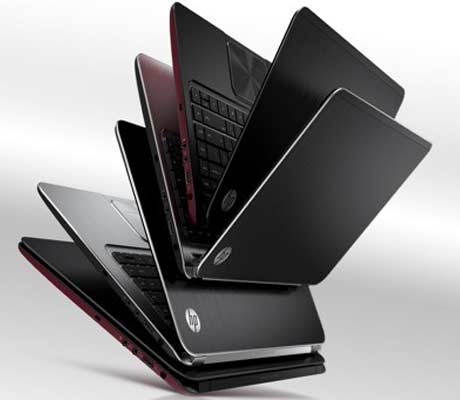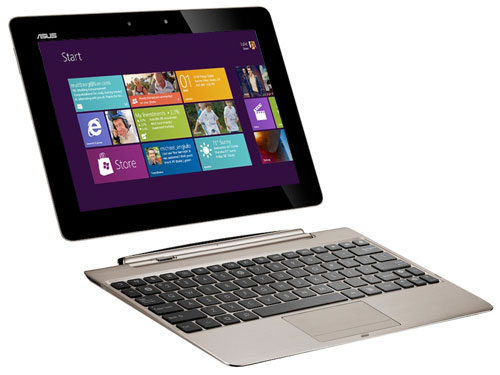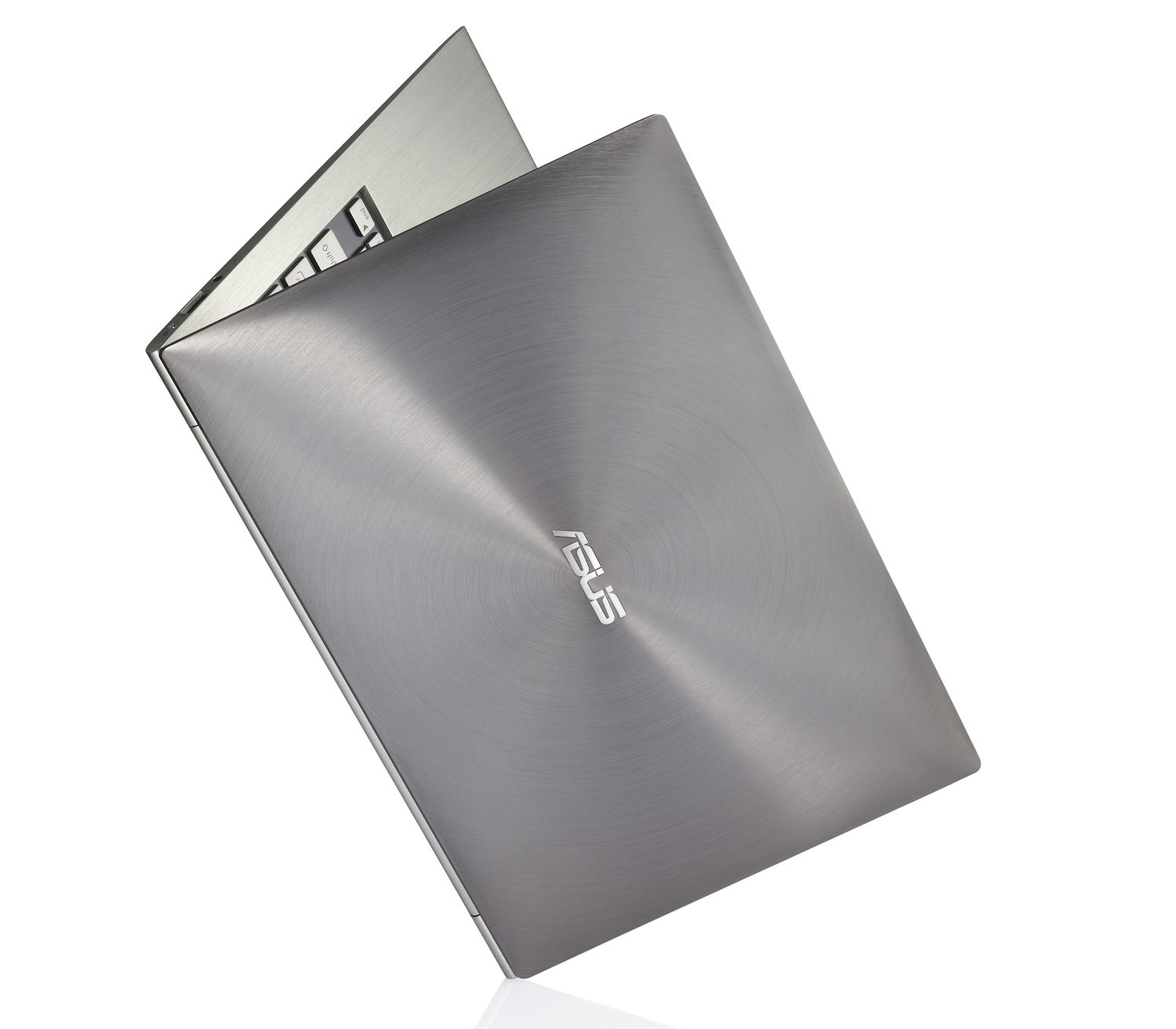 One of Intel’s big programs for this year has been the development and marketing of a new line of slimline notebooks called Ultrabooks. This product is really following in Apple’s MacBook Air footprints, a product that has been very successful for Apple.
One of Intel’s big programs for this year has been the development and marketing of a new line of slimline notebooks called Ultrabooks. This product is really following in Apple’s MacBook Air footprints, a product that has been very successful for Apple.
In reality, as technology has gotten smaller and more powerful, it was inevitable that laptops would follow Apple’s MacBook Air example and become thinner, lighter and still have serious computing power. To that end, Intel and almost all of their OEM partners have jumped on the Ultrabook bandwagon.
In the spring, Intel and their partners launched a major marketing push for Ultrabooks and have spent a huge amount of money trying to get the attention of business and consumer users to try and move over to the Ultrabook platform of notebooks. Also, most OEM’s have created some great versions of Ultrabooks that at the very least has caught the eye of these folks who really do like the idea of a lighter laptop.
However, the cheapest Ultrabook starts at $699 and is a relatively low powered system. But most of the Ultrabooks have been priced in the $799-$899 range, a price that although reasonable, we believe may not be an attractive price range for consumers. And although business users are OK with these upper endprices for laptops, they continue to want laptops that have a lot of power and features that can’t be crammed into these thinner laptops. This has been at the heart of the slow uptake in Ultrabook purchases so far.
But there seems to be another reason for the slow uptake in Ultrabooks with consumers and even many business users. We have been privy to some very interesting research that shows that the market for laptops appears to be bifurcating into one that is focused on low cost notebooks and the other on the higher end of the notebook market. The research suggests that the mid market for laptops is declining and that laptops priced at $699-$899 may be going away as users either opt for low cost laptops or if they want more powerful laptops, buy up to laptops in the $999-$1299 range instead.
Part of this lack of overwhelming interest in the $699-$799 price range is also due to the iPad. The interest in the iPad remains high, and right now from our research we are learning much higher than notebooks by the mass market. Because of that UltraBooks priced around the range of the iPad seem to of less interest. It appears for the mass market next generation notebooks need to be lower cost than the iPad or much higher and include valuable innovations in the upper end to make it attractive.
One could also argue that Windows 8 could play a role but many consumers in the market we speak to are not that interested in Windows 8 yet.
If true, this is bad news for the current crop of Ultrabooks. Due to component costs and other related marketing costs, almost all of the Ultrabooks are priced between $699-$899 with a few even at $999-$1200. To be fair, many upper end models that are really high-powered laptops are being called Ultrabooks, but at this price they are considered upper end laptops.
This research reflects similar information we are getting from consumers. Over the last 3 weeks I have spoken to dozens of consumers about their back to school or fall laptop purchases and all planned to spend no more than $599 for a laptop. All where aware of Ultrabooks and while they would have liked to have one, they did not have the budget for anything more then $599. And if they were buying it for their kids as part of the back to school requirements, the prices they planned to spend was closer to $399 to $499 for laptops this year.
If it is true that the mid market for laptops in the $699-$899 range is going to evaporate, it will put a lot of pressure on the OEMs next year to try and get prices down on Ultrabooks if they want any traction with consumers in 2013. The good news for them is that business users seem to want to buy up and laptops in the $999-$1299 range have good margins which means they can actually make some money on these laptops.
Ultimately, Ultrabooks will be successful since the technology is here to make them lighter, thinner and still have good computing power. But for them to sell in the volumes OEM’s need to make money on low end laptops they have to have more consumer friendly pricing to really take off.









